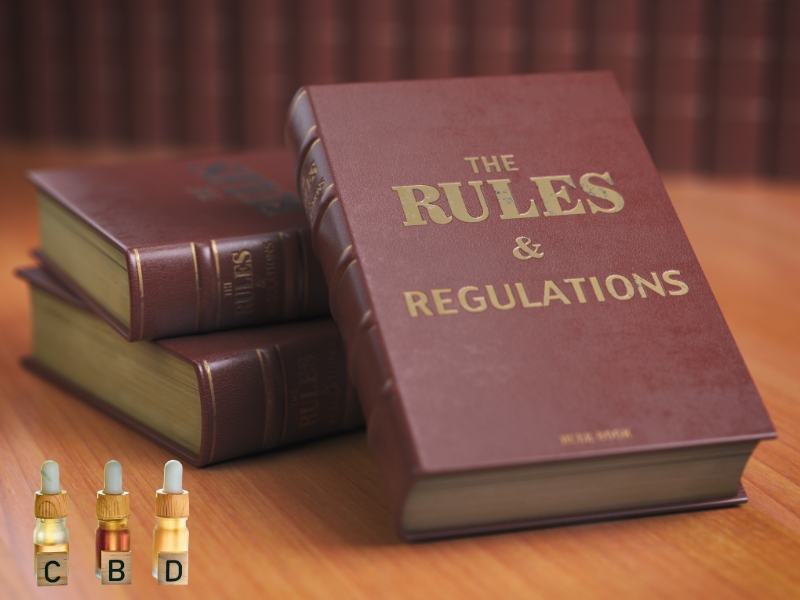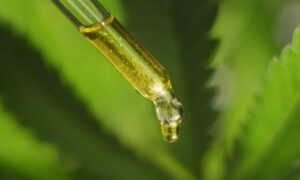European buyers often want one clear answer at the start. CBD is legal across most of Europe, but only when products meet strict rules that define how hemp is grown, how extracts are processed, how THC limits are controlled, and how safety testing is handled.
Every country keeps its own details, yet the core model across the EU is built on low THC thresholds, transparent manufacturing records, and verified laboratory results. Anyone who produces or sells CBD in Europe must follow those requirements if they want lawful and safe distribution.
Europe’s approach is shaped by two main goals. First, regulators aim to protect consumers through predictable quality standards. Second, they want to stop unlawful THC levels or misleading medical claims. That combination pushes brands to disclose strain origin, extraction technique, cannabinoid content, and third-party lab reports.
Even though each country applies its own framework, the shared foundation creates a fairly unified consumer experience. Someone buying CBD oil in France, Germany, or Slovenia can expect similar compliance expectations from responsible producers.
Core Legal Framework Across the EU
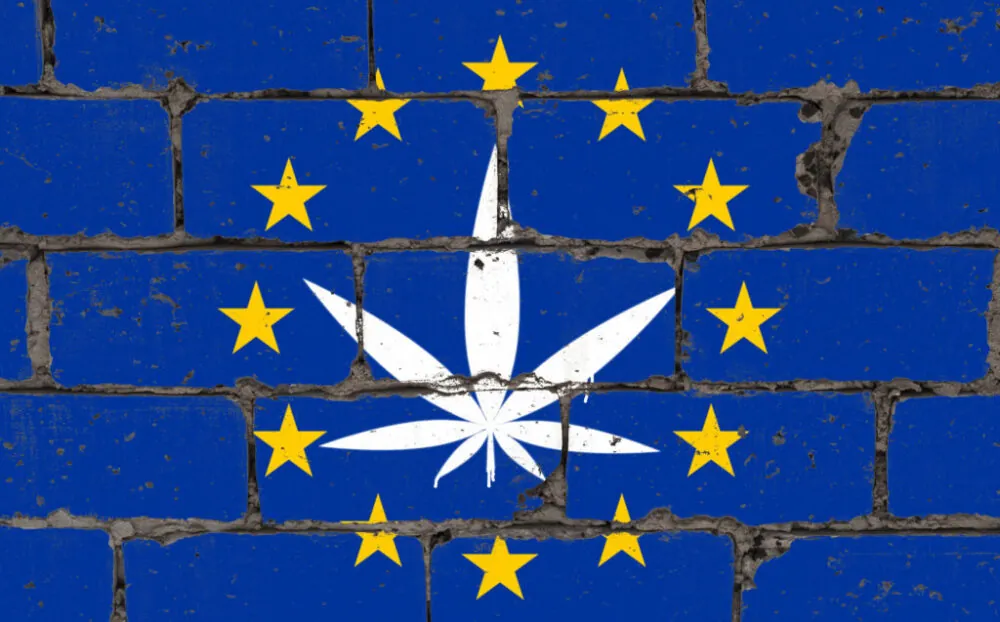
Source: harris-sliwoski.com
European hemp cultivation laws focus on the THC threshold in the raw plant. The EU allows registered hemp varieties with a maximum THC content of 0.3 percent. Farmers must use seeds listed in the EU Plant Variety Database, and each field is subject to sampling by agricultural authorities. If THC exceeds the limit, the crop is rejected. That standard shapes the entire supply chain because every product begins with compliant cultivation.
The next layer of regulation covers extraction. European producers rely on techniques such as CO2 extraction or ethanol extraction, which can remove cannabinoids at scale while keeping unwanted compounds out. Rules differ slightly by country. Some nations require formal authorization for extraction facilities, while others only require documentation that confirms a consistent process. All EU members require clear labeling to avoid buyer confusion and protect medical patients who monitor cannabinoids closely.
Another important piece is the Novel Food Regulation. The European Commission classifies purified CBD extracts as a novel food, which means producers must submit detailed safety dossiers before products can be approved for consumer markets. The process takes time and demands toxicology data, manufacturing details, and stability testing. While full approval is still in progress for many applications, the rule itself forces companies to document product safety from the ground up. Even brands awaiting approval still follow the same safety expectations to stay competitive and trustworthy.
How Countries Apply Their Own Rules
Germany sets one of the strictest standards in Europe. Retail CBD cannot make medical claims, cannot exceed the THC threshold, and must clearly state that it is not a medical product unless it has formal authorization. Authorities inspect labels often.
France follows a similar model, but recently opened the door for the sale of CBD flowers when THC stays below the threshold. Italy enforces a patchwork of rules that occasionally shift, yet the THC limit and testing requirements remain consistent. Spain does not permit oral CBD products for general consumption without novel food approval, though topical CBD items operate under separate cosmetic rules.
Even with differences, each country relies heavily on lab testing for cannabinoid content, contaminants, pesticide residues, heavy metals, and microbiological safety. Labs must meet accreditation standards to ensure test consistency. Regulators want to see a full spectrum of documentation, including batch numbers, raw hemp origin, and lab certificates dated close to the production period.
What Safety Standards Mean for Consumers
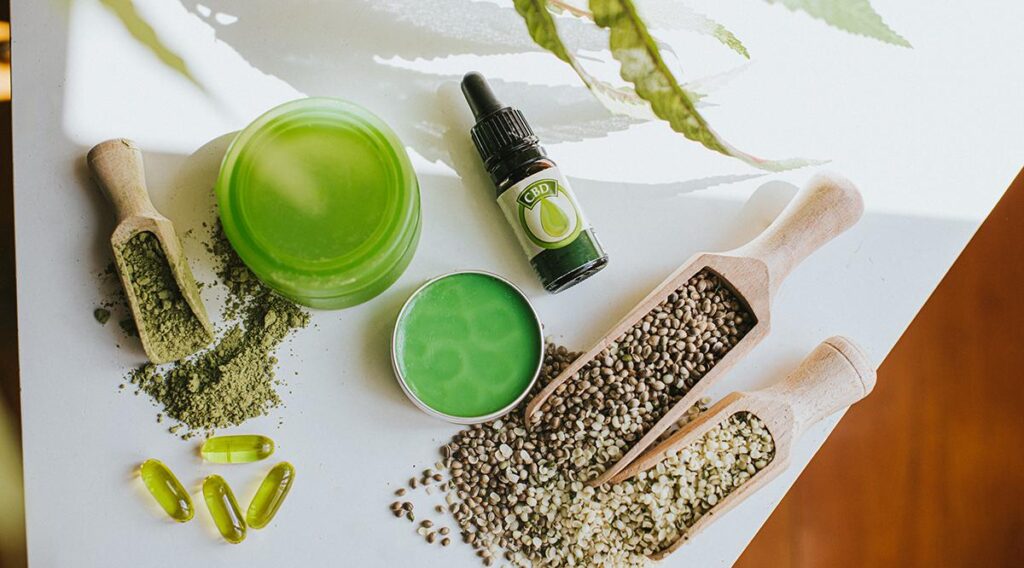
Source: aamc.org
For the average buyer, European CBD rules serve as protection. Labels must report the CBD content accurately. Packaging must list each ingredient, including carrier oils and botanical terpenes. THC levels must comply with national rules, and producers cannot imply that CBD treats diseases unless they have medical authorization.
Buyers should look for batch-specific certificates of analysis. These certificates confirm the CBD level, check for contaminants, and verify that THC stays under the limit. Topical products must comply with EU cosmetic regulations, which include safety assessments, stability reports, and ingredient checks through the Cosmetic Products Notification Portal. Edible products must meet food safety and hygiene laws.
Reputable producers also add manufacturing details that show good practice. That includes GMP certification, clear storage instructions, and packaging that protects CBD from light and oxygen. When producers follow these steps, buyers receive a predictable product that matches the label.
In the middle of this regulatory landscape, many consumers choose to source quality CBD products from companies that willingly publish full documentation. This kind of transparency allows buyers to confirm what they are purchasing instead of guessing based on vague marketing.
The Role of THC Limits
THC limits define legal CBD in Europe. The 0.3 percent threshold applies to the plant, but retail products must meet even stricter rules. Many countries expect finished products to contain no detectable THC. Others accept trace amounts that fall below a specific lab detection limit. Producers must stay updated on national cases and regulatory updates because enforcement varies. Some nations carry out random marketplace sampling, which can lead to products being withdrawn if THC drifts above the allowable threshold.
Different product types follow different expectations. Full-spectrum CBD oil contains a range of cannabinoids and terpenes, so producers must balance the extraction method to keep THC within limits. Broad-spectrum oil removes THC extensively, which can create a safer option for athletes or workers who face drug testing. Isolate products contain pure CBD and usually have the lowest compliance risk when it comes to THC. These categories matter because regulators evaluate each one differently.
Why Lab Testing Matters
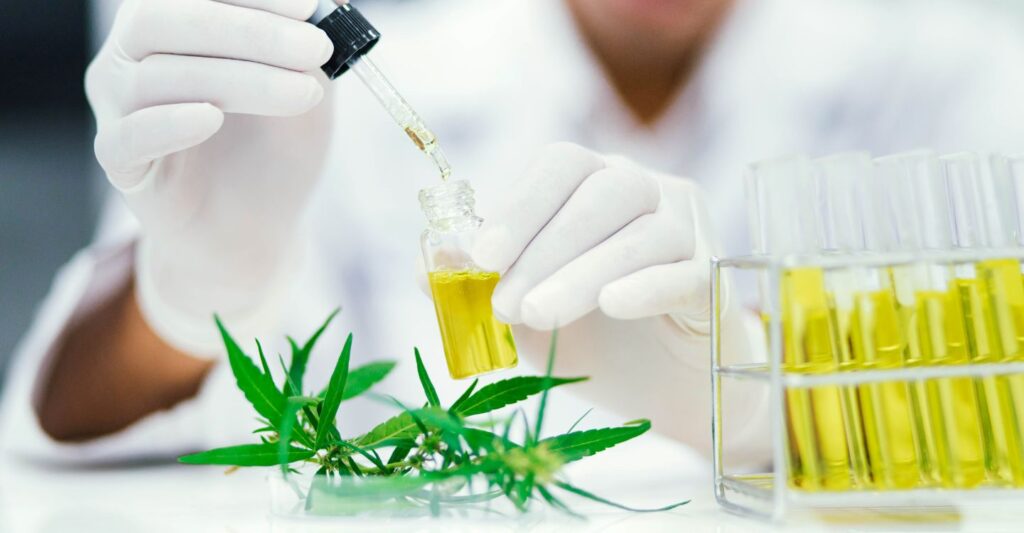
Source: socotec.co.uk
Testing verifies compliance. Accredited labs measure major cannabinoids, minor cannabinoids, terpene profiles, solvents, pesticides, and heavy metals. Each contaminant category carries its own maximum values under European food or cosmetic law. Pesticide regulations, for example, follow EU residue limits that apply to hemp and any plant-derived ingredient. Heavy metals follow separate thresholds based on toxicology data. Microbial limits confirm the absence of harmful bacteria, yeast, or mold.
Producers often test raw hemp, crude extract, and the final product. By comparing these stages, they can detect issues early. Regulators encourage this multi-stage approach because it reduces the risk of contaminated batches reaching the market. Accurate testing also ensures product strength matches the label, which remains a major consumer protection priority.
Future Direction for European CBD Rules
Regulatory pressure will likely increase as the market expands. The Novel Food framework is expected to shape edible CBD for years. More producers will submit full dossiers, and some national-level authorities may issue interim guidance to help retailers operate legally while waiting for approvals. Cosmetic CBD will continue to follow established cosmetic law, but the evaluation of synthetic cannabinoids may introduce new rules.
Some countries may revise THC thresholds based on updated scientific research, agricultural demands, or regional economic needs. The EU’s recent shift from 0.2 to 0.3 percent THC for hemp cultivation already signaled a more flexible stance. More changes could arrive as global CBD standards evolve.
What Buyers Should Focus On
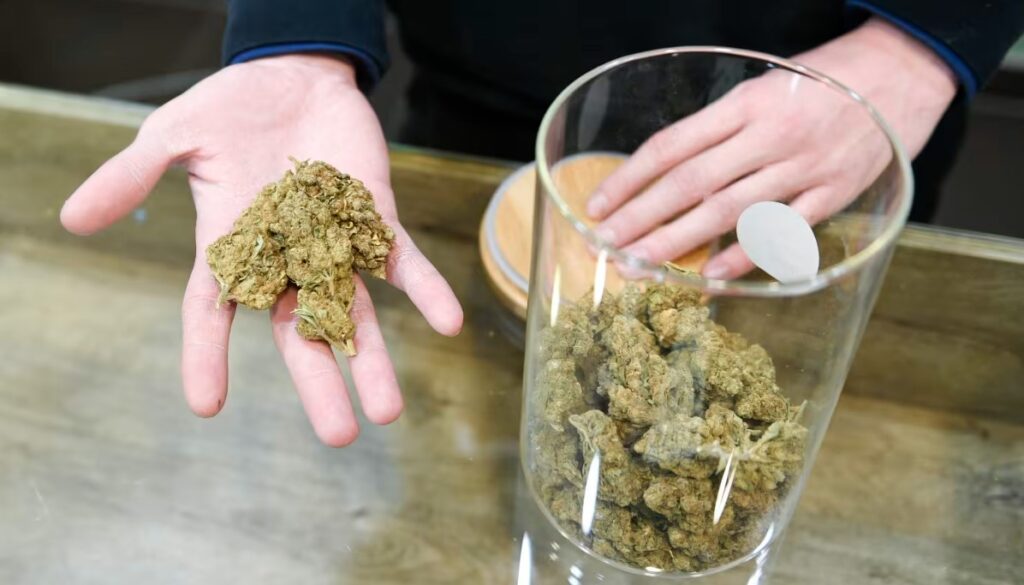
Source: yle.fi
Buyers gain the most security when they follow a simple checklist. First, verify that the brand offers certificates of analysis for each batch. Second, check that the THC content complies with local rules. Third, confirm whether the product is intended as a food supplement, cosmetic, or vaping item, because each category follows different rules. Fourth, look for clear ingredient lists and storage instructions. Fifth, avoid products that make medical claims without authorization, since regulators remove those quickly.
A reliable CBD market depends on both compliant producers and informed buyers. When consumers pay attention to documentation and legal details, they support brands that follow the rules instead of cutting corners.
European CBD regulations are detailed, but they work toward one outcome. They help ensure that products sold across the region are safe, controlled, and accurately labeled. That structure protects public health, strengthens consumer trust, and sets consistent expectations for anyone who buys or produces CBD in Europe.

